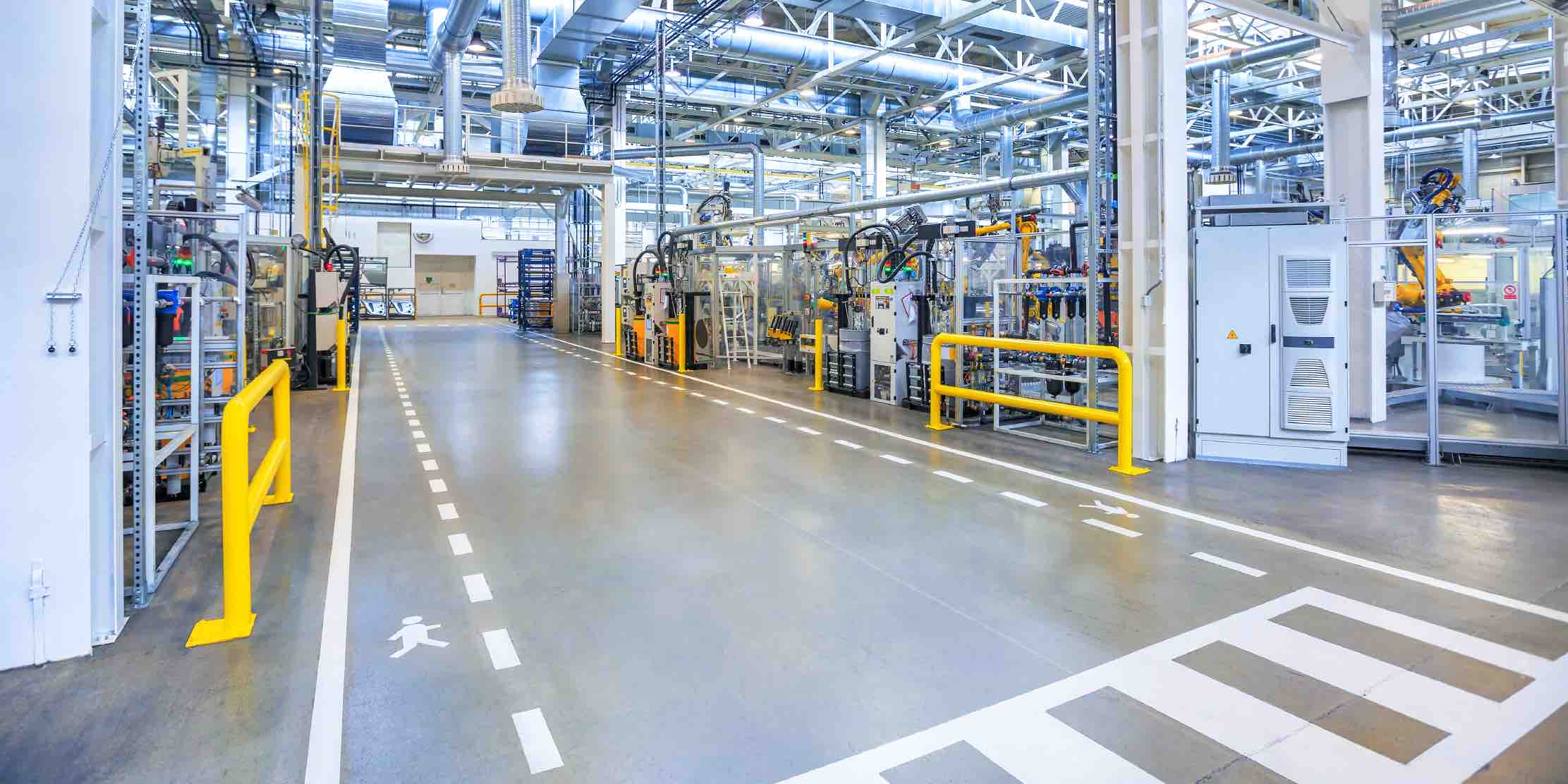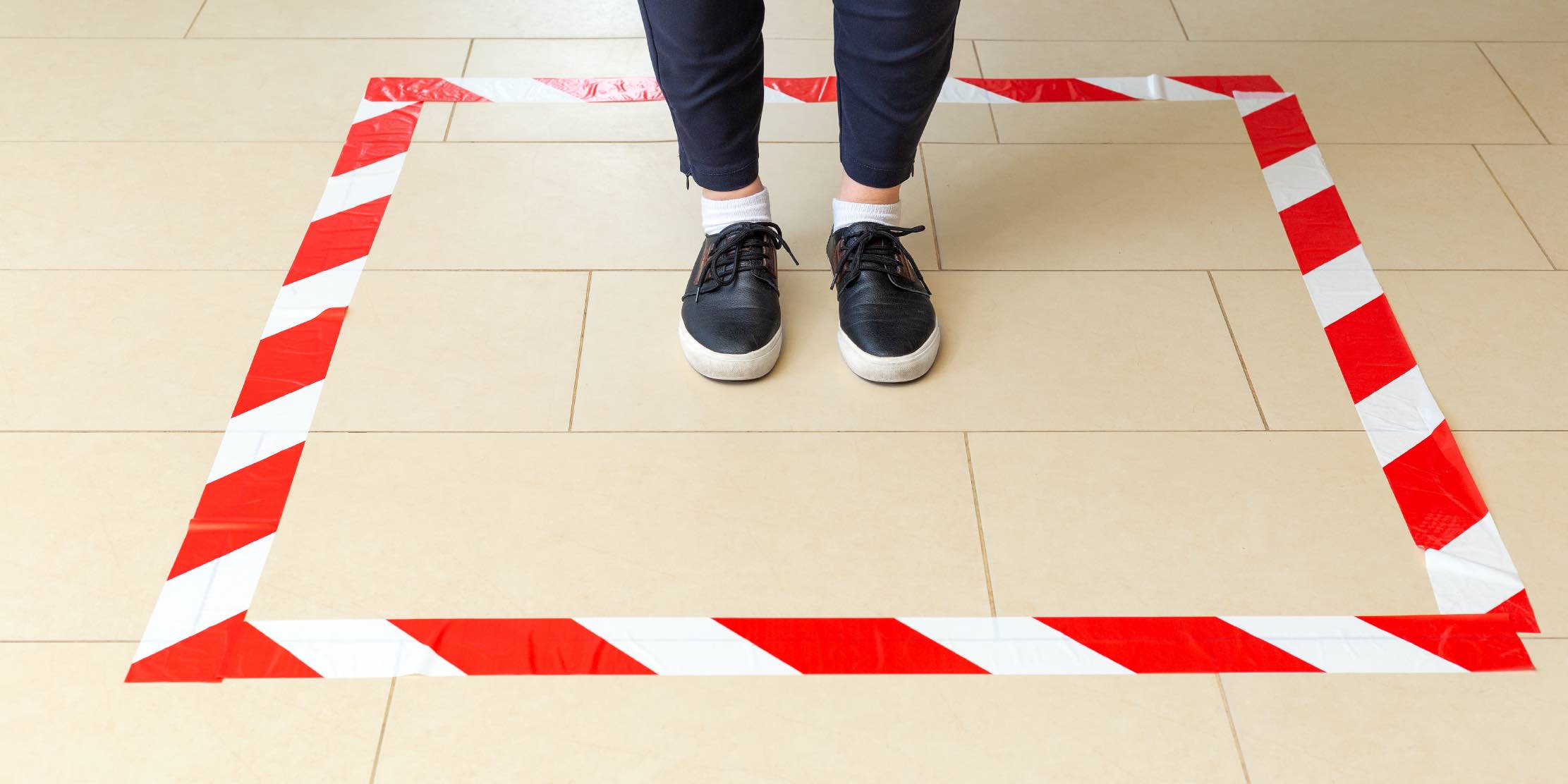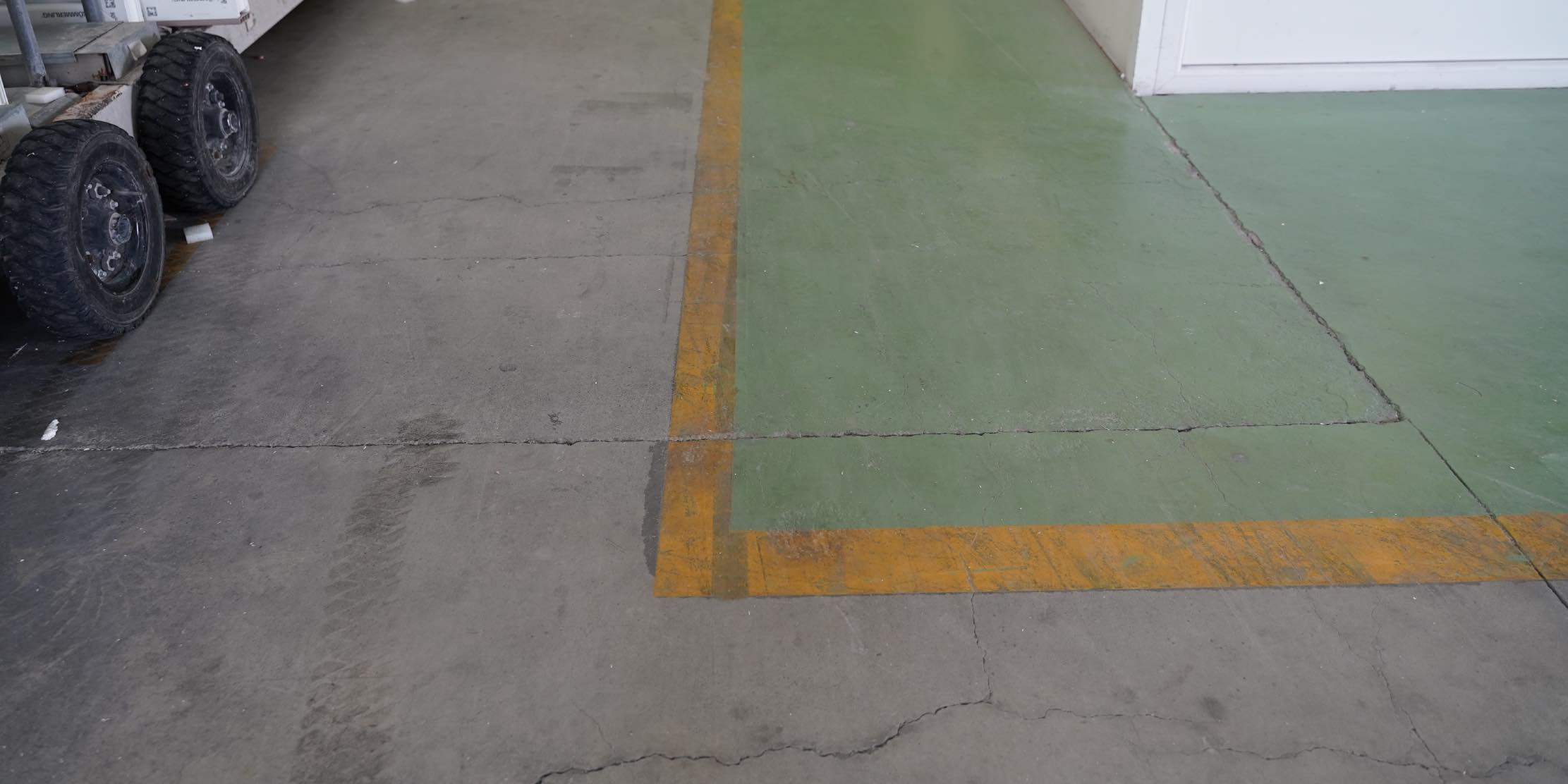Industrial floor markings consist of a series of markings that identify different areas within a warehouse, supporting safety and protection measures.
Industrial buildings comprise dynamic environments that cannot be controlled 100%. This means that the activities that take place in them can lead to a lack of control and cause risk to industrial safety.
Due to this, more than a security complement, industrial landmarking is a source of information that stabilizes activities, providing order and guidance to the environment.
Floor marking is backed by numerous national and international safety standards, which ensure its use within an industry.
What is industrial floor marking for?
Marking industrial floors serves primarily to transmit information to staff members and any individual who may be within an industrial complex.

Likewise, marking industrial floors allows defining the different areas of a warehouse, as it specifies in a simple and clear way, the level of danger, and the functions that are carried out in each space.
Also, they are an important element to mark the emergency exit routes.
From a greater perspective, marking floors are actions that facilitate the optimization of industrial activities, since they speed up visual display, emphasizing relevant information and improve safety.
Besides, marking industrial floors makes the traffic of machinery and pedestrians flow better, avoiding trips, intrusions, and accidental disturbances between activities.
The importance of floor marking for security
Although floor marking is a powerful tool to organise and identify an industrial warehouse, its relevance leans more towards the aspect of safety and protection that is provided to its staff members.
In terms of safety, floor marking is essential to prevent and inform about the risks behind the use of machinery in an industrial environment.
One of the most dangerous machines in the industry is the forklift trucks.
According to statistical studies by the US entity OSHA (Occupational Safety and Health Administration), 85 people a year die from forklift accidents, while 34,900 people are seriously injured and 61,800 with relatively minor injuries.
Amongst work accidents, crushing and blows due to machinery, electrical shocks, and falls from a height all stand out.
One of the main causes of this disturbing panorama is the omission of the industrial safety regulations, especially when it comes to floor marking.
Industrial floor marking is promoted as a safety measure by ANSI (American National Standards Institute) and OSHA.
On a local level, there is an Occupational Risk Prevention Law (LPRL), which is based on Royal Decree 485/1997 to regulate the marking of industrial floors.
Most common types of industrial floor marking
Colour is a very essential aspect when marking industrial floors, sending visual information to people.

The colours used to mark industrial floors are green, blue, yellow, orange, red, black and white.
Red is combined with white, and yellow with black, to create greater contrast and signal variation. Black and white are also combined to create constrasting signage.
An industrial warehouse is made up of various areas and corridors, for which there are particular color signs.
The most common types of markings are the following:
- High risk areas: they are delineated by lines with yellow and black stripes.
- Restricted access sections: these spaces are defined by lines with red and white stripes.
- Machinery traffic lanes: marked by yellow lines.
- Paths for pedestrian traffic: also defined by yellow lines.
- Scrap areas: section marked by red lines.
- Work and production areas: established by white lines.
Types of marking products
Different types of markings are applied to industrial floors using conventional adhesive tapes.
There are special adhesive tapes that can glow in the dark or are reflective.
However, tapes are not the only option, different types of spray paint can also be used. These are applied by using a line marking stripper and moulds.
Between the two options, tapes are by far the most used, but lately, spray paint has become more popular.
This is mainly due to its ease of cleaning, installation, and versatility.
Likewise, adhesive marking tapes are characterized by their temporary nature, which is convenient when repairs or renovations are taking place in the industrial warehouse.

When it is time to remodel, refurbish or renovate a warehouse floor, it is necessary to carry out the task of line marking paint removal.
Markings by spray paint require chemical removal treatments.
LINE MARKING REMOVAL FOR CONCRETE FLOORS | Grinding services
We are specialist in concrete repairs and surface preparation. Contact us for more information.
